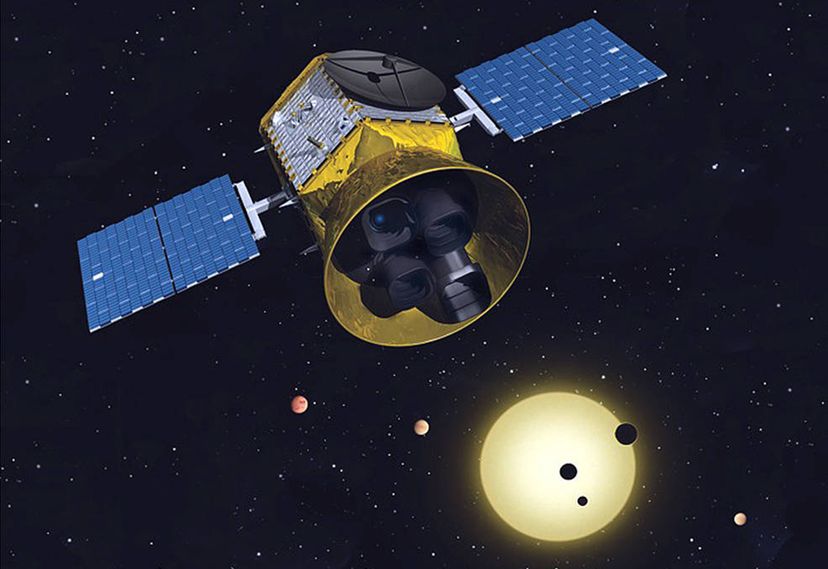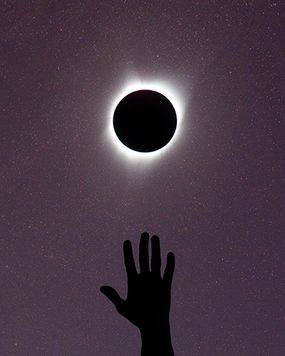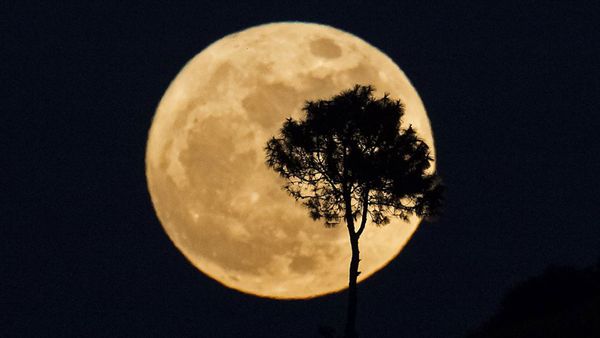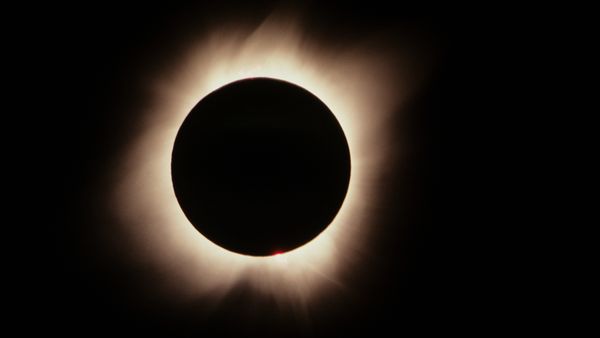
The cosmic swirl continues, as our home, a tiny blue dot in a sea of darkness, hurtles through space. Astronauts aside, we're all stuck here on the surface in the safety of our atmosphere. But that hasn't kept us humans from turning our eyes skyward for compelling astronomical events every year. So mark your calendars now. Here's what to watch out for in 2018.
Advertisement



